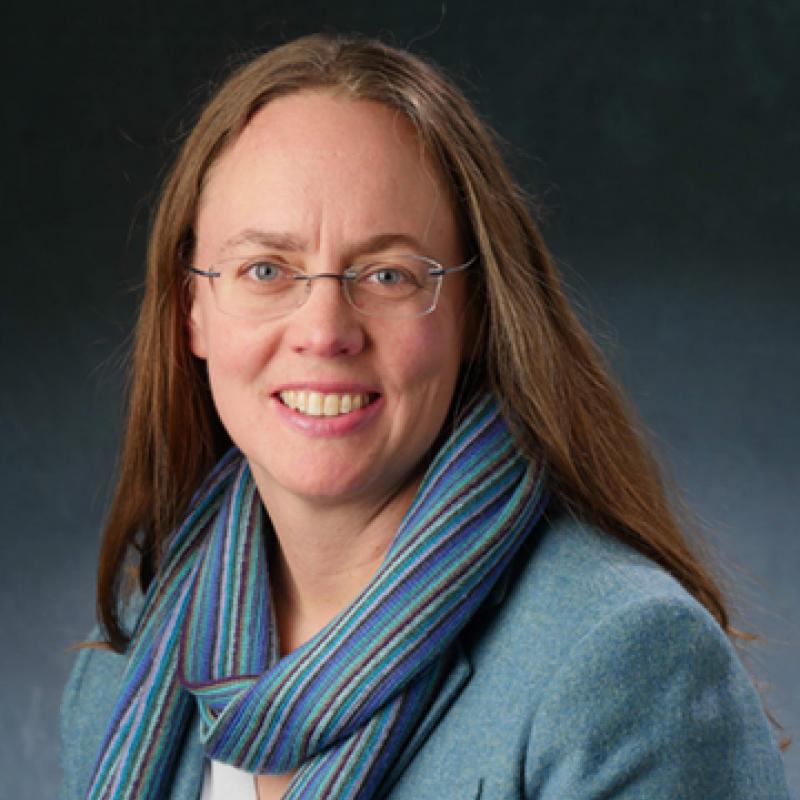Observations of environmental variables from satellites and aircraft, or collected in the field represent snapshots of a continuously varying Earth system at specific places and times. Satellites offer a global view, but miss important details on local environmental conditions and context for interpreting local variability. The emergence of advanced remote sensors on airplanes and drones offer new opportunities to bridge local and regional data with this global view. Field observations from citizen scientists, field surveys, social sensing, camera traps, and others offer very specific information locally, but are often time consuming and limited in space or time. We use novel analytics for curating cross-scale datasets that integrate these observations to help us better resolve and understand underlying ecological processes.



